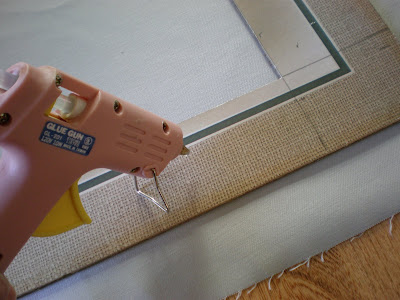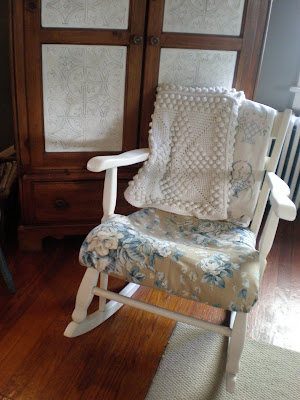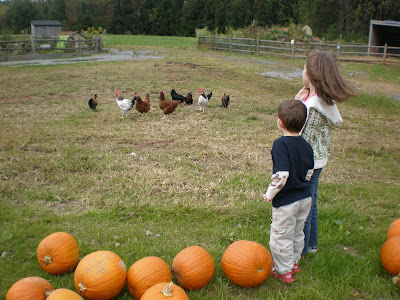Happy Monday! Today I have something very special to share with you, an amazing blogger named Rue. She has a beautiful blog called Rue's Peanut Butter and Jelly Life. After you read her guest post today be sure to go visit and say hello, you can find her HERE. She just completed a kitchen renovation that is beyond amazing!
When I first visited Rue it was like meeting a kindred spirit as she also loves old homes, especially all the history and stories they hold. She recently did something that some would think is crazy, she took off her new vinyl siding. Yup, you heard me right, I said she took it OFF.
She's a brave lady with a handy hubby and I'll stop talking now so you can enjoy her post:
I’m so excited to be doing a guest post for my sweet blogging friend Michelle and it’s so nice to meet all of you!
Michelle asked me here today to talk about our old house and why we are taking it back to the way it was before someone came in and “updated” it. Well, to start. I have always wanted to restore an old home. As my readers already know, I have a great passion for things of the past and the need to preserve them. I believe that old houses are especially in need of our love and devotion, because they’re part of our history and of a time when people cared about craftsmanship.
Sadly, more and more of these beauties are being torn down in order to build new and supposedly better houses. I say supposedly, because I’ve lived in a new house and it needed more maintenance than the 100 year old beauty that we’re living in now (lol). Just so you know, I don’t have an issue with building a new home, if that’s what you want, but I think it’s a tragedy to replace an old home with a new one unless it’s beyond help and falling down.
Now that you know a little bit about how I feel, let me tell you what we’ve been doing to our 100 year old foursquare.....
This is our home when we bought it…

The porch and dormer were taken off years before, but the recent previous owners thought it was a brilliant idea to tear off the rest of the beautiful trim and encase the house with vinyl siding.
You can find an article on the lies about vinyl siding
‘here’, but here’s the part the stood out to me the most:
The Vinyl Lie
by Gary Kleier
Every day unsuspecting owners of historic homes, believing they are actually making an investment in their home, succumb to the vicious lies of an unscrupulous industry. Unfortunately, most will never know it. Most will never see the immediate undermining of their property value or the long term destruction of the structure of their house. And what is this vicious lie? Vinyl siding. Vinyl siding installed over wood siding. And the most vicious lie is that it will improve the property value of an historic house.
Lie number one: Vinyl siding will increase the value of your home.
As an architect involved in numerous historic restorations, I am frequently asked to evaluate an historic house prior to purchase. In virtually every case where vinyl siding has been used to cover original wood, the buyer wants to know the cost of having the vinyl removed and the original siding restored. In every case the same question comes up; "Why would they desecrate an historic house in this manner?"
Increasingly people across America are understanding the value of our historic properties. Like antiques, the closer it is to original the higher is its value. Frequently, the buyer not only sees vinyl siding as decreasing the value of the house, but wants the seller to pay for its removal. This removal and repair of the original wood siding is normally as expensive as the original installation of the vinyl siding.
In a typical historic house of wood frame construction a wall would normally be composed of the following: plaster on wood lath, the wood studs, exterior sheathing, and wood siding. While these materials may seem solid to us, water vapor easily moves through these materials and escapes from the house during the winter months.
During the installation of vinyl siding a layer of styrene insulation board is applied over the wood siding, and the vinyl siding is applied to that. This insulation board forms an effective barrier to the passage of water vapor, thereby trapping it within the wall. During the winter months this water vapor will condense to liquid water and began rotting the wood materials. Over a period of years the structural integrity of the exterior walls can be completely destroyed. Further, the presence of deteriorating wood has been shown to attract termites and other wood attacking insects.
Gary specializes in restoration architecture and architectural forensic services.
Besides all the information found online about how bad vinyl siding is, my husband and I really wanted to own an old home and covered in vinyl it does not look old. It looks devoid of character.
Here’s my brave husband tearing off the vinyl…

I think I actually heard the house exhale ;)
And here’s the house after it was painted …..

Much better right?
We still have 3 sides to go and a porch and dormer to replace, but it’ll have to wait until spring, since snow is coming very soon to Ohio.
Not only are we bringing back the outside, but the inside as well.
The refinished stairs before...

and after….

And we’re in the process of taking out the new wood floors and carpet to refinish the original wood floors. So far we have one room finished.
Before (after we took out the carpet and sanded) …

and after…

Look at the beautiful floor that was hidden!!
To tell you the truth, a lot of people have had their doubts about what we’re doing, but you know what? Although, anyone could have moved into this house and left it as is, they would have been missing out on enjoying the beauty that was covered up. To us it would have been pointless to buy an old house that looks brand new. Why not just buy a new house?
As for us, it’s the love of this old place that makes us want to pull up our bootstraps and bring it back to life and if houses could smile, I believe that this one surely would.
Thank you for reading,
rue
 Okay, so I'm not a man and I'm not poor but I am a gal that likes to save a buck or two. Knowing how much I like birds, my mom hand embroidered me three adorable birds on white muslin for my living room. I was so excited when they were done and went searching for frames. Ummm...wow. Priced framing lately? Not what I wanted to spend. The fact that I needed three of them only made it worse.
Okay, so I'm not a man and I'm not poor but I am a gal that likes to save a buck or two. Knowing how much I like birds, my mom hand embroidered me three adorable birds on white muslin for my living room. I was so excited when they were done and went searching for frames. Ummm...wow. Priced framing lately? Not what I wanted to spend. The fact that I needed three of them only made it worse.































































